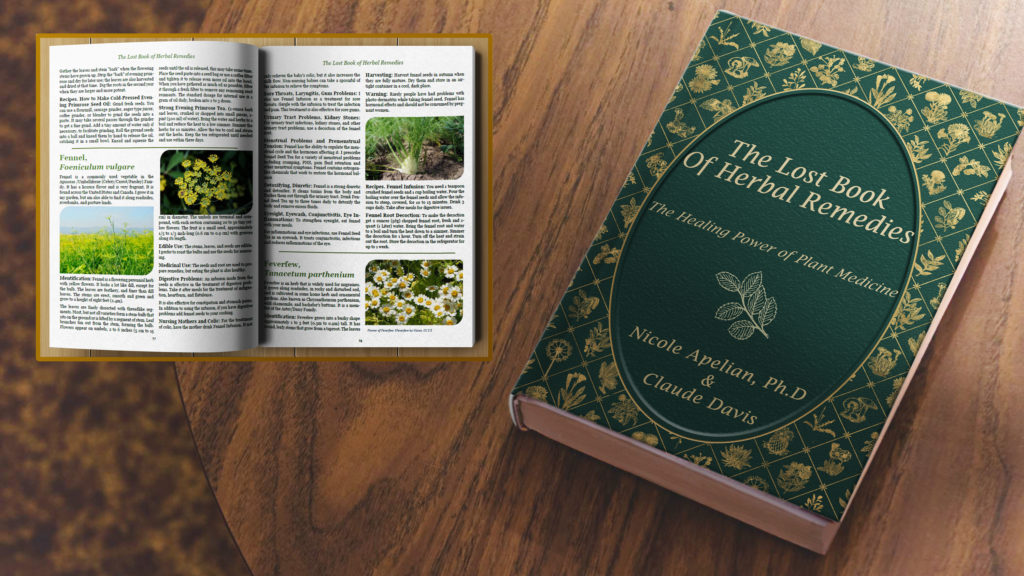Arthritis pain in winter
It’s an unfortunate fact that many experience increased arthritic pain when temperatures dip during the cold winter months. Some researchers believe this is due to fluctuations in the barometric pressure, which can trigger expansion and contraction of muscles, tendons, and bones—leading to painful joints. Higher stress levels during the holiday season also exacerbate pain due to the inflammatory stress response. Lowered physical activity is a contributor to arthritic pain as well.
You can help mitigate these effects by maintaining proper body temperature with extra layers of clothing and enjoying warming foods such as tea and hot soups. Utilizing stress and anxiety relieving practices like yoga, deep breathing, and expressing gratitude are helpful too. Make sure to include daily physical activity as well to keep joints flexible. And don’t forget about essential herbal remedies.
Joint favorites
Here are four of my favorite botanicals for keeping joints pain-free and happy during wintertime and beyond.
Heartleaf Arnica* (Arnica cordifolia): An exceptional herbal remedy for reducing arthritis pain—particularly during cold weather—arnica stimulates blood flow and increases warmth to tender areas. It’s also anti-inflammatory. The herb can be used as a poultice of crushed leaves or flowers. Arnica is also highly effective as a soothing salve when rubbed into a painful joint.
Calendula** (Calendula officinalis): Since joint pain generally goes hand-in-hand with inflammation, using Calendula topically is especially soothing due to its anti-inflammatory properties.
St. John’s Wort*** (Hypericum perforatum): St. John’s Wort is an outstanding herbal remedy for reducing the inflammation and pain of arthritis and gout. Consistent, daily external use is key since the healing benefits increase over time.
My Joint & Movement Salve contains a soothing, anti-inflammatory blend of Arnica, Calendula, and St. John’s Wort for unpleasant joint conditions, including: carpal tunnel, tennis elbow, OA, RA, and knee pain.
Stinging Nettle**** (Urtica dioica): Commonly used internally in Germany as a treatment for rheumatoid arthritis, stinging nettle is believed to calm the cascade of inflammation and pain associated with arthritis and gout. The herb also helps to flush toxins from the body, and is my go to tincture for allergies.
To use externally, soak a cotton pad with nettle tincture, like the one found in my Apothecary. Apply the compress over the painful joint for relief. You can also use the fresh plant to “sting” an area to help repair joint injuries and reestablish nerve communication. I have personally used this method successfully to treat shoulder injuries.
DIY
Calendula Salve Recipe: In a double-boiler, melt together 1/2 cup organic olive oil and 1/3 cup solid organic coconut oil. Add 3 tablespoons dried calendula flowers and 1/12 tablespoons dried chamomile flowers. Over low heat, let the mixture steep for 2-3 hours—making sure it does not become too hot.
Strain out the flowers and return pan to the stovetop. Gently warm the mixture and add 1-2 ounces (28g to 56g) beeswax, stirring. Adjust the amount of beeswax starting with the lower amount until desired consistency is obtained. Once liquified, pour into storage containers. Allow to cool completely before use.
Would you like to learn more? All four botanicals are included in my book, The Lost Book of Herbal Remedies: The Healing Power of Plant Medicine. Detailed harvesting advice for these herbs and many other easy to find plants are included. What’s more, it shows you how to make tinctures and salves right in your own home. Nature truly does provide!
Warnings
* Do not ingest Arnica internally as the plant can be highly toxic, except when taken homeopathically. Since undiluted Arnica preparations can cause inflammation and irritation to open wounds, always dilute the oil and extract with a carrier oil or solution before using on broken skin, like in a salve. Avoid use if you have a known allergy to the Daisy/Aster family.
** Do not use Calendula if you are allergic to plants in the Aster/Daisy family, including: marigold, ragweed, daisies, chrysanthemums, chamomile, and echinacea. If you are unsure, begin with a small test patch on the skin. If you don’t experience a reaction, gradually increase use. Safety is unknown for those who are pregnant or breast-feeding. Always consult your healthcare practitioner before use if you are taking prescription medication.
*** St. John’s Wort can interact with quite a few pharmaceuticals. Do not use if you are taking an SSRI medication. It may also be contraindicated for Warfarin, Digitoxin, and HIV medications. The herb can cause sun sensitivity in those with fair skin. Avoid for two weeks before a scheduled surgery. Consult with your medical practitioner before use.
**** When using nettle internally, only eat Stinging Nettle before the flowers appear. Otherwise, it can cause internal irritation—especially to the urinary tract.
Nicole Apelian
Roll Up Your Sleeves and Do it Yourself?
Are you interested in making your own herbal remedies at home and learning about the many plants, lichens, and mushrooms you can find out your own back door? If so please pick up a copy of my book: "The Lost Book Of Herbal Remedies: The Healing Power of Plant Medicine" today!
Not in Europe or the US? Not a problem, click here to order your copy »





